I have a code where at some point I get a set of 2D binary numpy arrays to represent the objects which are mainly ellipses and circles (cell nuclei)
I need a metric about how rough (jagged) the edges are. There is nuclear contour index in pathological literature: which is perimeter/ sqrt(area) this works but in our case we specifically need to see how "rough" the perimeter is. Nuclear contour indices of ellipse and circle are different even if both have smooth edges. In our case a circle with rough edge is much more significant than an ellipse with smooth edge.
I thought about using convexity hull explained here: I think in this case if the metric will be the same of for many minor concavities (which is the significant case for us) and one major concavity (which is not as significant) like in the pictures below.
I also tried openCV however I found it hard to comprehend mathematically what actually happens in there and it looks very much like the skimage convexity hull and I would prefer to stick to skimage
